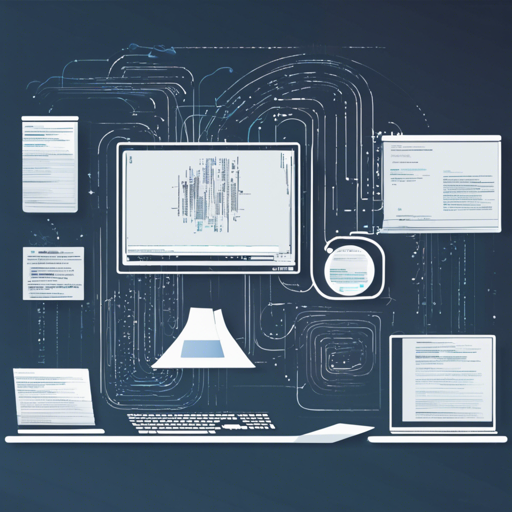Welcome! In this article, we’ll guide you through the straightforward steps to set up a text generation project using Docker. Whether you’re new to programming or seasoned in coding, this user-friendly tutorial will help you navigate your way through the process seamlessly.
Getting Started
Before diving in, ensure you have Docker installed on your machine. Docker allows us to create, deploy, and run applications using containers, making our environment reproducible and consistent.
Setting Up Your Project
Follow these steps to set up your text generation project:
- 1. Create a directory for your project.
- 2. Inside that directory, create a file named Dockerfile which will contain the necessary instructions for building the Docker image.
- 3. Create a requirements.txt file that lists all the necessary Python libraries for your project.
- 4. Copy your project files into the directory.
Understanding the Dockerfile
Here’s a simple breakdown of what your Dockerfile does:
FROM python:slim
WORKDIR secgpt-mini
COPY . secgpt-mini
RUN pip install -i https://mirrors.ustc.edu.cn/pypi/websimple -r requirements.txt
EXPOSE 7860
CMD [python, webdemo.py, --base_model, secgpt-mini/models]Analogy
Think of the Dockerfile as a recipe for baking a cake. Each line in the Dockerfile represents a step in that recipe:
- FROM python:slim – This is like saying we need a special type of flour (Python image) to bake our cake.
- WORKDIR secgpt-mini – Here, we are setting up a clean workspace (our kitchen) where all the magic will happen.
- COPY . secgpt-mini – This step is akin to gathering our ingredients (project files) for the cake.
- RUN pip install… – This is where we mix all the ingredients together (install necessary packages).
- EXPOSE 7860 – Just like opening the oven door, this line allows our cake to be served (expose a port for web interaction).
- CMD [python, webdemo.py…] – Finally, this is where we put our cake in the oven (run the application) and hope it bakes perfectly!
Running Your Application
After setting up your Dockerfile and configurations:
- Build your Docker image by running the following command in your terminal:
- Once the image is built, you can run your container:
docker build -t secgpt-mini .docker run -p 7860:7860 secgpt-miniTroubleshooting Tips
If you encounter issues along the way, here are some troubleshooting tips:
- Ensure that Docker is correctly installed and running on your machine.
- Check your requirements.txt for any missing or misspelled package names.
- Review the Dockerfile for any syntax errors.
- Make sure that all the necessary project files are in the correct directory before building the image.
For more insights, updates, or to collaborate on AI development projects, stay connected with fxis.ai.
Conclusion
Setting up a text generation project using Docker can be a straightforward process if you follow the steps correctly. It’s all about understanding how the pieces fit together. The analogy of a cake recipe should help clarify the purpose of each part of your Dockerfile!
At fxis.ai, we believe that such advancements are crucial for the future of AI, as they enable more comprehensive and effective solutions. Our team is continually exploring new methodologies to push the envelope in artificial intelligence, ensuring that our clients benefit from the latest technological innovations.

